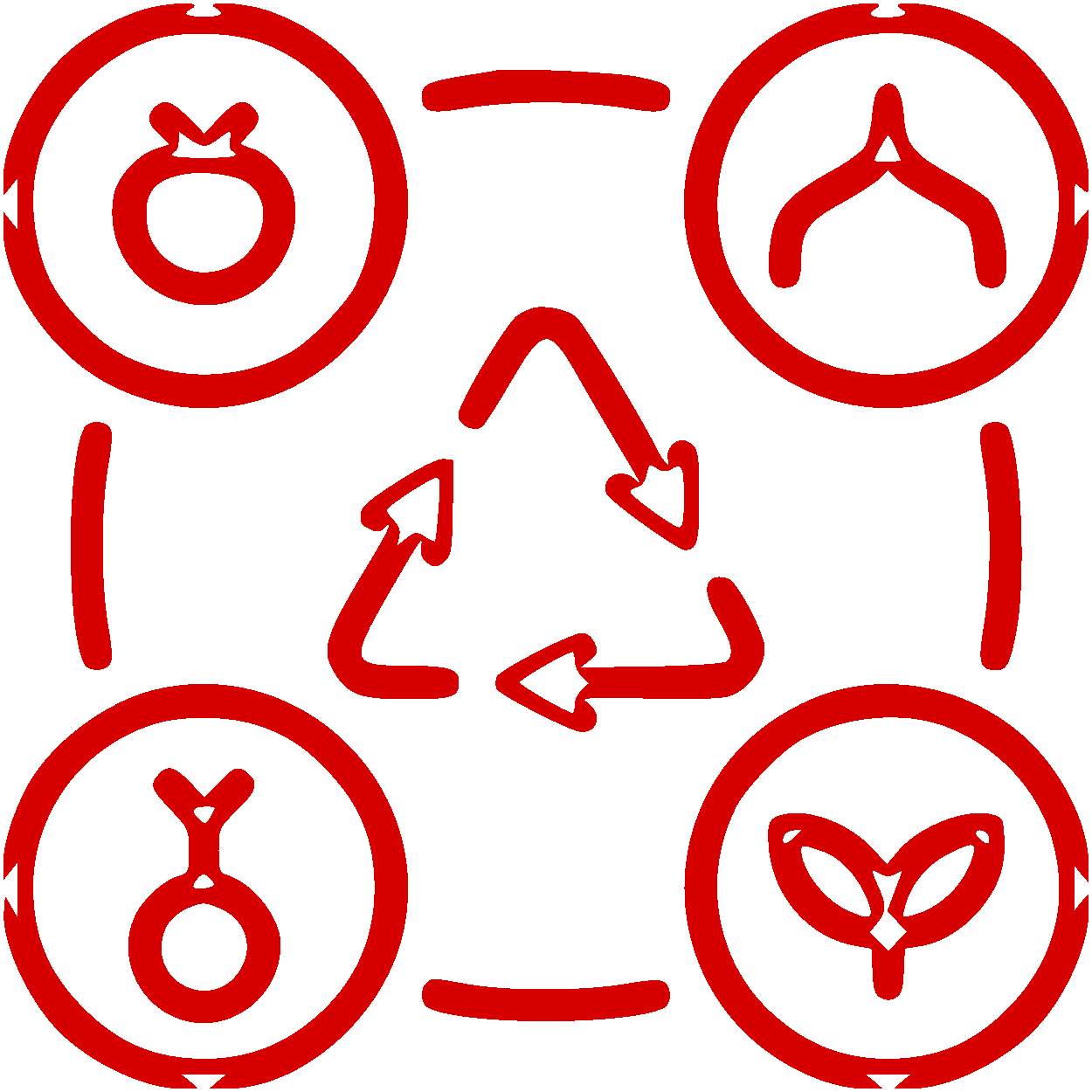smallholder farmers have gained access to an instant maize and pumpkin market platform.
NutriPosh has reached 2,701 maize and pumpkin growers through its regenerative agriculture and supply-chain inclusion program. These farmers received training in climate-smart production, post-harvest handling, and value addition for fortified composite flours. As a result, participants recorded an average income increase of 8.4%, driven by improved yields, reduced post-harvest losses, and stable market access through NutriPosh’s school-feeding procurement network.

metric tons of maize and pumpkins have been saved from getting contaminated, infested or getting rotten.
Through NutriPosh’s regenerative training and improved post-harvest handling practices, maize farmers achieved a 6.0% reduction in average losses, while pumpkin growers reduced post-harvest waste by 10.98%. These gains reflect enhanced storage, drying, and processing techniques introduced under NutriPosh’s farmer capacity-building program, contributing to higher crop recovery rates and improved household food security.

metric tons of anthropogenic carbon dioxide have been sequestrated from the atmosphere.
NutriPosh’s regenerative farming model has contributed significantly to climate mitigation outcomes. On average, participating farms sequestered 18.75 metric tons of carbon dioxide through soil organic matter restoration and agroforestry practices. Additionally, operations achieved an estimated carbon reduction of 18,750 kilograms, translating to a 3.94% decrease in overall carbon emissions. These results demonstrate NutriPosh’s dual impact on improving livelihoods and enhancing environmental sustainability within smallholder food systems.

smallholder farmers have adopted conservation tillage and cover crop rotation during seasonal maize and pumpkin cultivation.
Across NutriPosh’s operational districts, an average of 338 smallholder farmers were trained per district in regenerative agriculture, post-harvest management, and composite flour value chains. The program achieved an average adoption rate of 13.0%, reflecting early uptake of improved farming and processing practices among trained participants, with adoption driven by demonstrable yield gains, cost savings, and market incentives through NutriPosh’s school-feeding partnerships.

schools have switched from using unfortified plain maize flours to NutriPosh composite flours.
NutriPosh reached an average of 37 schools per district, integrating fortified composite flours into school-feeding programs through its direct-to-school delivery model. The initiative achieved an average distribution rate of 34.0%, indicating consistent supply and uptake of NutriPosh products across participating schools. This performance underscores improved nutritional access for pupils and strengthened linkages between local farmers and school-feeding systems.

children have been served with affordable, safe and nutritious meals.
Within participating districts, an average of 30,056 children per school network benefited from NutriPosh’s fortified composite flour meals, ensuring consistent access to safe and nutritious food. The program recorded an average 17.0% increase in the number of children fed on NutriPosh meals, reflecting expanded school participation, improved meal quality, and strengthened community trust in fortified foods for child health and cognitive development.
Get involved with our work and let us get together to impact the lives of people living in poverty.
Adding {{itemName}} to cart
Added {{itemName}} to cart